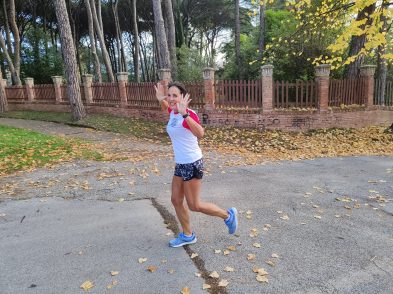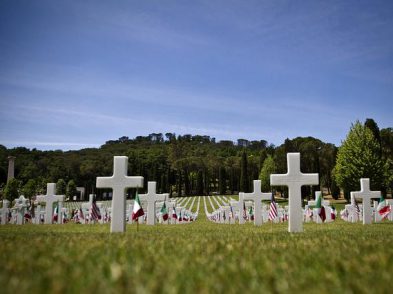This
millennium’s wake-up call: ?Hey, guess what? The world does not have infinite
resources or infinite space to dump used-up resources, or an infinite capacity
to naturally clean up all that human-created mess!’ It’s a hard, expensive and
massively urgent question that all world economies must tackle right now,
whether they are old and established, young and growing, large, small or
embryonic. Some are doing it well, others not so well. And some might have to
be further encouraged to take all the implications on board about just what
their current actions mean for the future. Such is also the case for Italy.
The Veneto
region in the north is currently Italy’s shining example of how to ?get it
right,’ and predictably, the southern regions (we have all seen Naples in the
news headlines again and again and again) are the ones struggling.
Tuscany’s
physical location in Italy, neither at the top nor at the bottom, also
represents its green ranking. In 2011, Tuscany was the 12th greenest region out
of Italy’s 21. With a few exceptions, most town councils in the region are
doing something good, but it is still not enough. Montespertoli, Montelupo
Fiorentino, Seravezza, Capannori, Montecarlo, Vaiano, Vinci and Cerreto Guidi
are all way ahead (note that all lie to the west of Florence, along the Arno
valley between Prato and Lucca). As of July 2011, Montelupo Fiorentino and
Montespertoli, with 85 percent and 84 percent recycling rates, respectively,
are at the very top of the national rankings. (Note that crematory waste,
building rubble and a number of other ?inconvenient’ categories are excluded
from recycling figures.)
What is
discomforting about these results is that not a single city in central Italy
(and therefore none in Tuscany) managed to achieve the 2011 government-set
target of a recycling rate above 60 percent (those indicated above are
classified as towns). Franco di Martino from Legambiente also notes that the
two main waste management companies from central Italy pursue entirely
different policies regarding recycling matters (Publiambiente has four
successful boroughs and is on target for eight next year; Quadrifoglio, which
manages the entire Florence area, has not a single borough that has achieved
target).
There are two
basic processes involved in effective recycling. One is the commitment of each
resident, family and business to separate waste correctly. Personal habits and
responsibility can be encouraged through direct contact with new products
created from waste materials, something that is not yet mainstream in Tuscany.
Easily accessible knowledge of the availability of recycled materials (urban
furniture, consumer packaging, garden accessories, plastic cups, and so forth)
would undoubtedly gain a vote of confidence from the growing socially aware
segment of Tuscan citizens. The second is the efficient use of recyclable
materials in creating new objects. This process has always had several big
question marks hanging over its head: What happens to differentiated waste?
Where does it go? What is it turned into? Is it safe? Is the information we
receive even vaguely true?
For this
reason, it’s nice to see the Tuscan Region promoting calls for green bids and
tenders via its website, with various levels of financing available. Making
funds available for town councils to put their recycling plans into action is
indeed essential to the ‘greening’ process. Moreover, the Tuscan region has
recently lent its name to a great idea that involves the recycling of Tetra
Paks for reuse within the Tuscan region. The project, named Ri-prodotto in
Toscana (?Re-made in Tuscany’) developed from a direct collaboration between
Tetra Pak and Rivet, which manages the waste of 219 Tuscan boroughs. The aim of
the project is to create a center of excellence in Tuscany. Rivet collects
Tetra Paks and sends them for recycling to Lucart, based near Lucca, where they
are reconstituted, keeping the entire supply chain firmly fixed within the
region. The scope for improvement is vast, and it is estimated that the current
1,300 tonnes collected annually can be at least doubled.
It’s all
good, it’s all useful and it’s all moving in the right direction. But it’s
clearly not enough. Have you ever been to the Santa Maria Novella station and
tried to put your waste in one of the recycling bins that line the platforms?
The written indications have disappeared with time, and the colour indications
are useless as each town council has its own specific color codes for each type
of waste (so confusing!). Looking inside the bins themselves doesn’t help, as
each one contains a plethora of every kind of waste imaginable.
Tuscany is
known for its gorgeous green hills, green vineyards and green olive groves, but
it’s still working on a 100 percent green way of life. Slowly, but surely.







